The red squirrel: impudent and rowdy
Fall is a busy season for the red squirrel. Because it’s active all year round, it stores food in preparation for winter. Let’s take this opportunity to observe its comings and goings before the snow arrives. This typical denizen of the boreal forest relishes the seeds of coniferous trees, eating them after tearing off the covering scales.
A red squirrel will perch on a stump, tree trunk, branch or rock to take the cone apart and extract the seeds. The feeding sites are easily recognized thanks to the litter strewn around them.
Acorns, beechnuts, nuts, buds, flowers and berries are other favourite foods and if the opportunity arises, red squirrels may eat insects, eggs, baby birds or very young mammals still in the nest. They are particularly fond of mushrooms, which they sometimes place on a branch to dry out.
The red squirrel jealously defends its territory, in the midst of which is its main food storage site, recognizable thanks to the quantity of cones and debris accumulated under a big tree over the years, sometimes over several generations. Spontaneously, when an intruder or simply a hiker passes by, the rowdy rodent announces its presence by emitting a typical call, lasting a dozen or so seconds, which sounds like a rattle. Sometimes red squirrels living in neighbouring territories loot their neighbours’ reserves, leading to memorable, noisy quarrels.
In contrast to the grey squirrel, which places each bit of food in a separate hiding place, the red squirrel hides several in the same place. As a result it can, by digging a single tunnel in the snow, reach a quantity of food, a practice well adapted to the snowy climate of the northern forest.
While in summer it lives in a nest of leaves, the red squirrel spends the winter in a moss- or lichen-lined hole in a tree, or a burrow combined with a network of underground tunnels which allow it to stay warm.
Open your eyes, listen, and you’ll realize that this impudent rodent is one of the only mammals in the boreal forest to announce its presence in such a cheeky, obvious way, which makes it fun to observe.
More from this author by clicking on his photo below.


Jacques Prescott131 Posts
Jacques Prescott est biologiste, professeur associé à la Chaire en éco-conseil de l’Université du Québec à Chicoutimi. Spécialiste de la biodiversité et du développement durable, il est l’auteur de nombreux livres et articles sur la faune et la conservation de la nature. Il nous fait l’honneur de rejoindre notre équipe de collaborateurs et signera chaque mois une chronique intitulée Faune et flore. / Jacques Prescott is a biologist, associate professor with the Chair in Eco-Counselling of the Université du Québec à Chicoutimi. A specialist in biodiversity and sustainable development, he is the author of numerous books and articles about wildlife and nature conservation. He has honoured us by joining our team of contributors and will write a monthly column entitled Wildlife and Habitat.
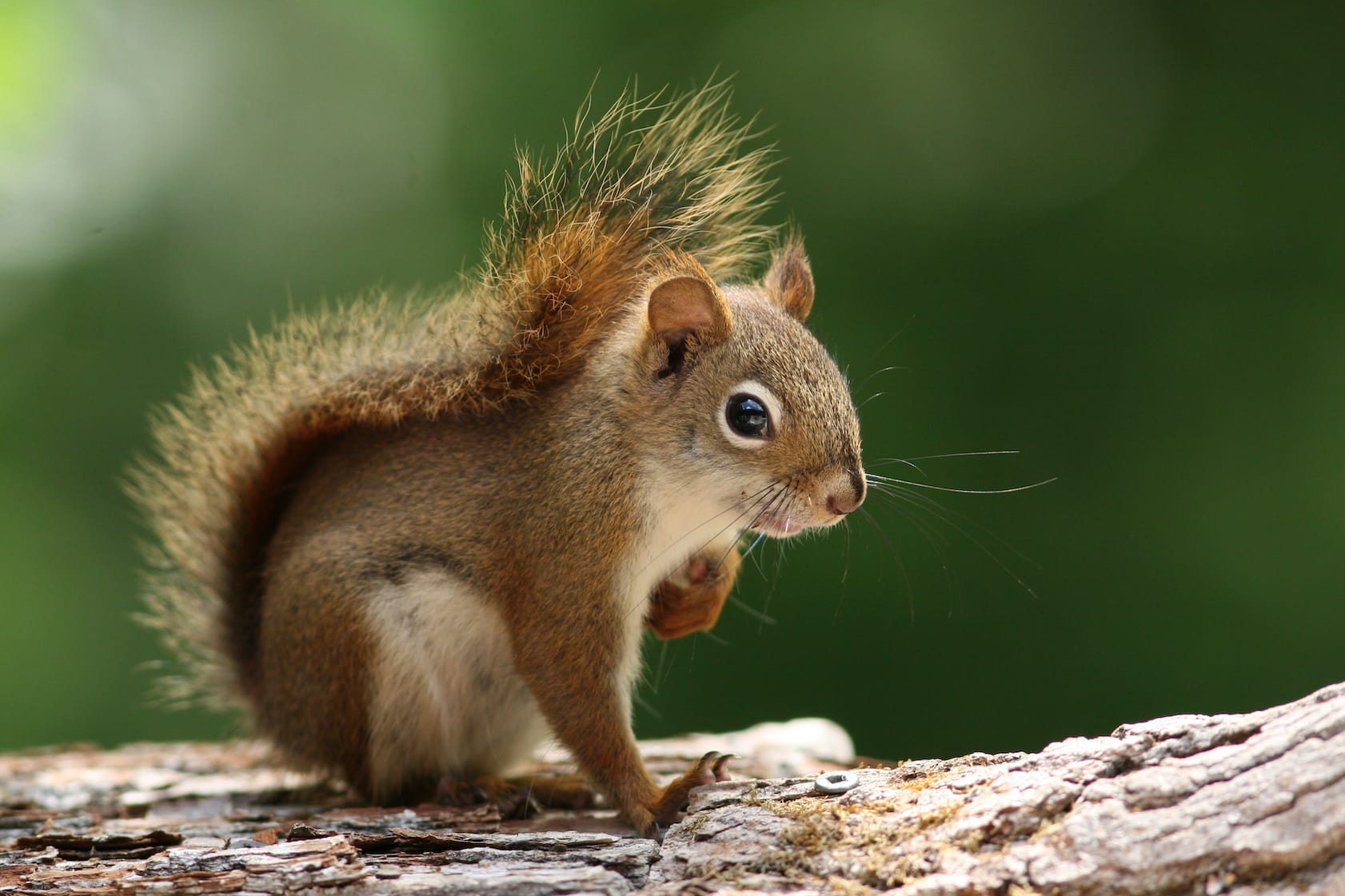


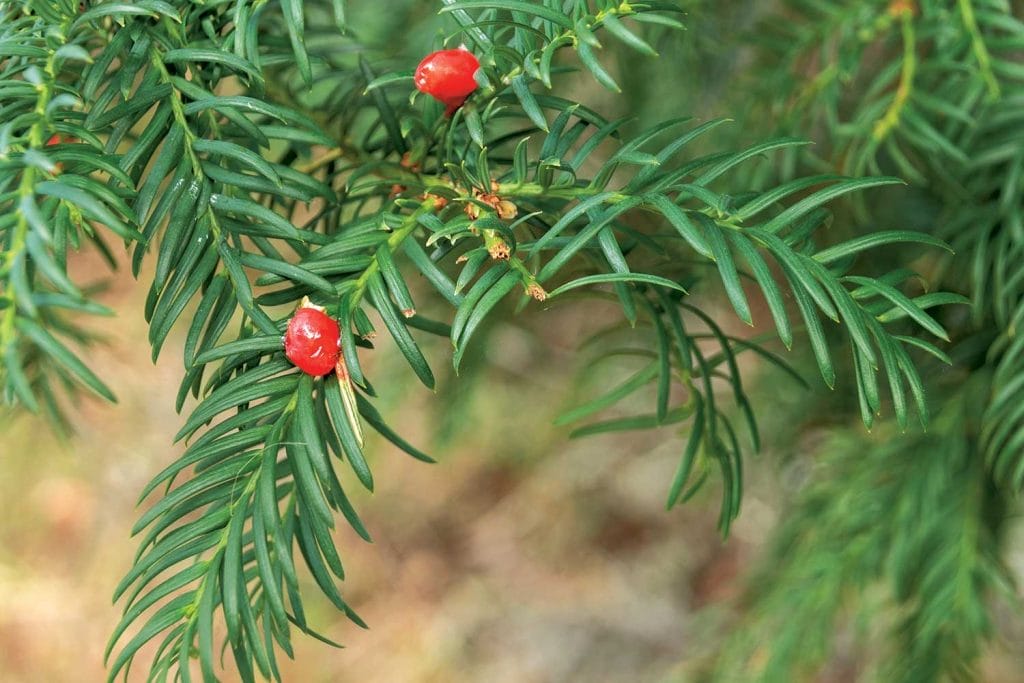
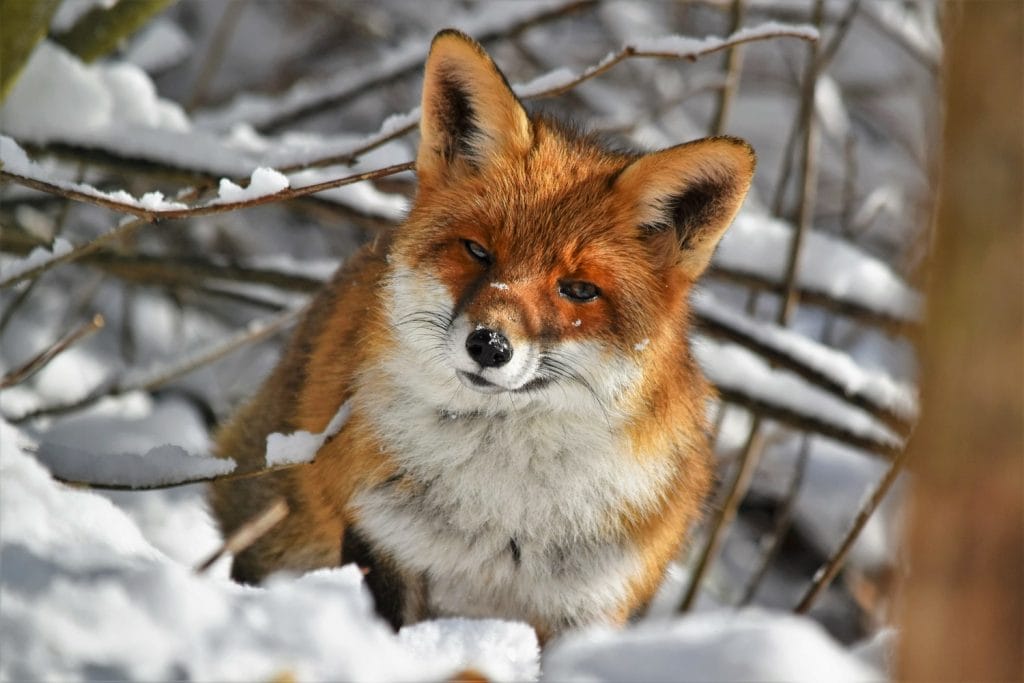
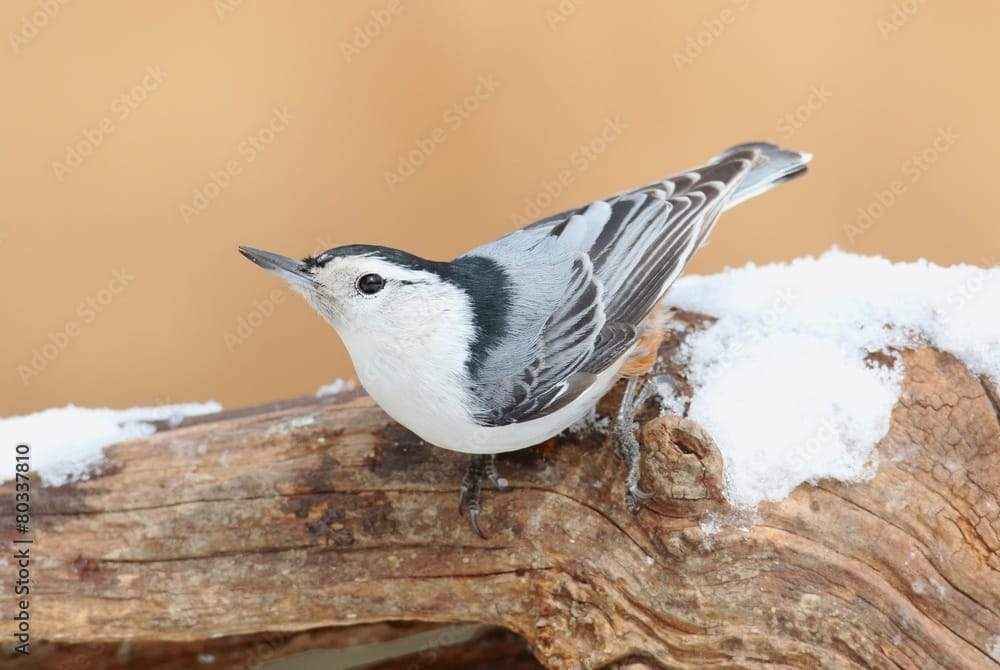
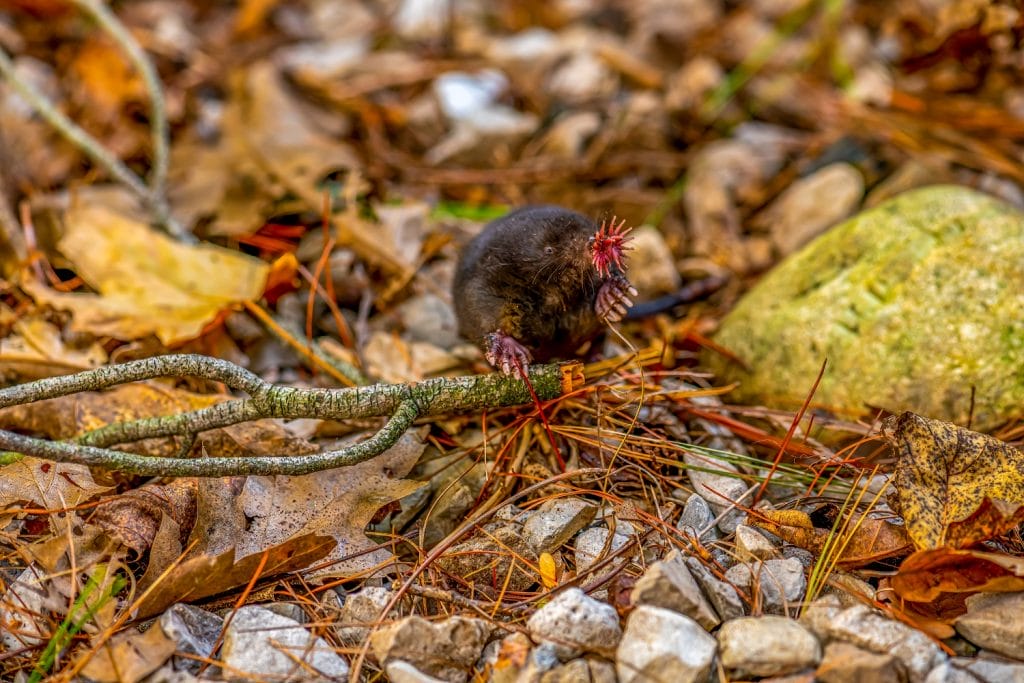
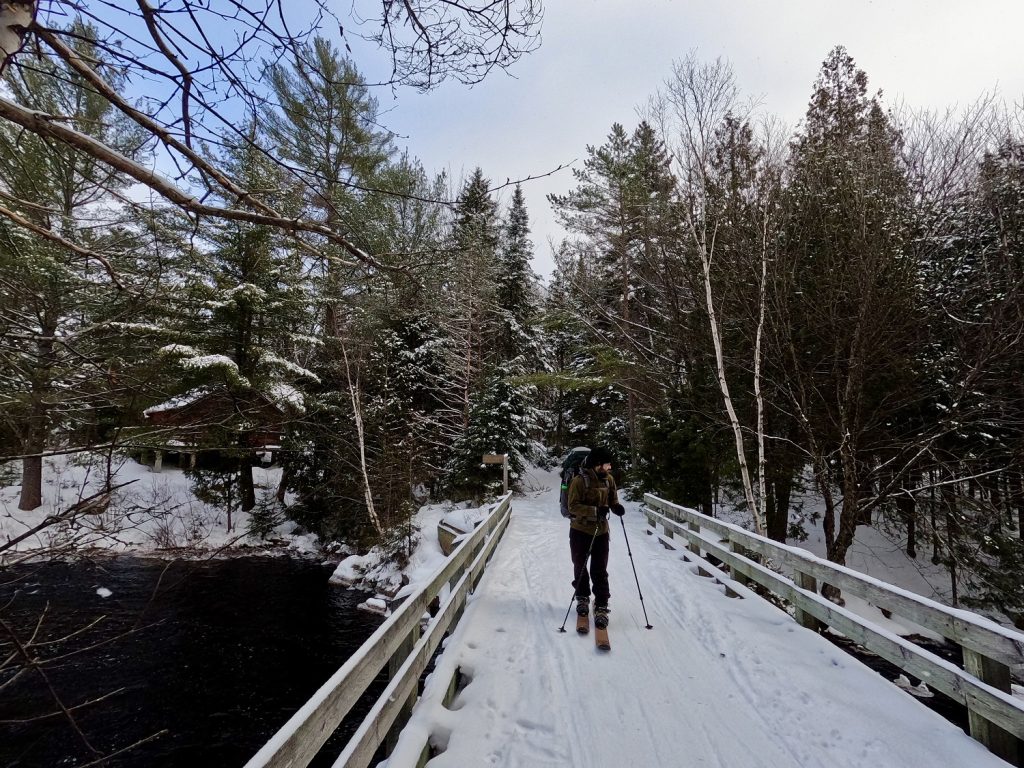

0 Comments